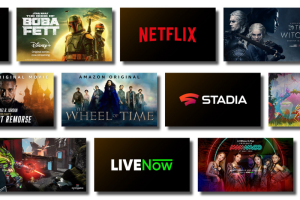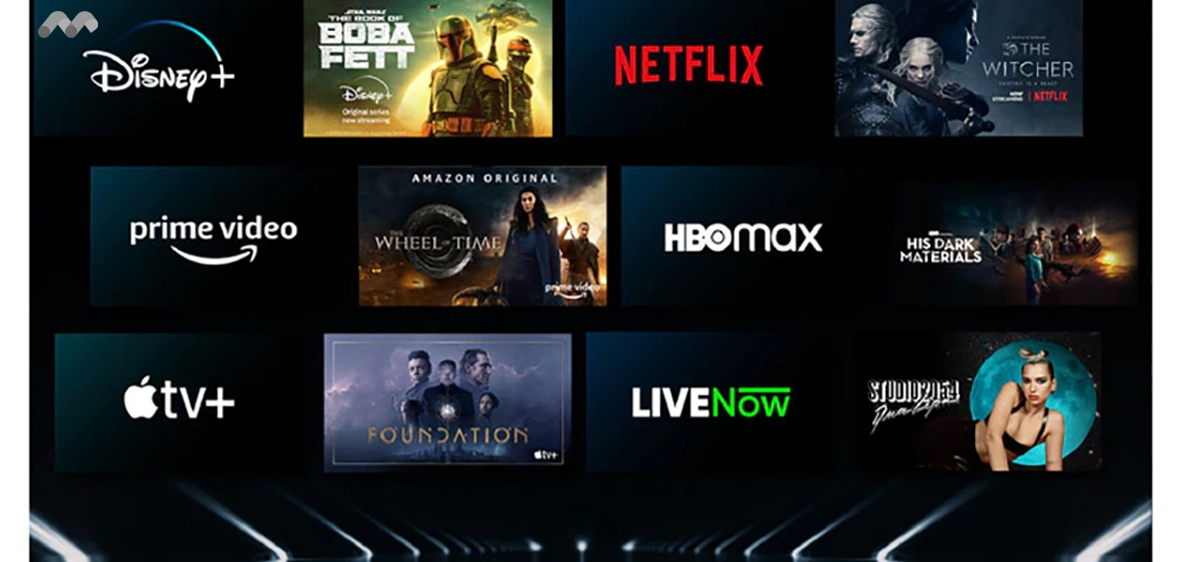Introduction
The digital age has ushered in an era where entertainment is at our fingertips, thanks to the proliferation of streaming platforms. While established giants like Netflix, Amazon Prime, and Hulu have dominated the market for years, new streaming platforms are emerging and vying for a piece of the pie. This article delves into the strategies and innovations that these new streaming platforms are employing to compete with their well-entrenched counterparts.
The Rise of New Streaming Platforms

Over the past few years, the landscape of streaming services has become increasingly crowded. New players such as Disney+, Apple TV+, and Peacock have made significant inroads, leveraging unique content and strategic partnerships. These platforms are not merely replicating the models of their predecessors but are bringing fresh perspectives and offerings to attract subscribers.
Content is King
One of the most critical factors in the success of any streaming platform is its content library. New streaming platforms are investing heavily in original programming to differentiate themselves. Disney+, for instance, leverages its vast library of beloved franchises, including Marvel, Star Wars, and Pixar, to draw in viewers. Apple TV+ has focused on high-quality, star-studded original series and films, such as “The Morning Show” and “Ted Lasso.”
Exclusive content is a powerful tool in attracting and retaining subscribers. By offering shows and movies that can’t be found anywhere else, new platforms can create a loyal user base. This strategy has proven effective for Disney+, which quickly amassed millions of subscribers thanks to exclusive series like “The Mandalorian.”
Innovative Business Models

New streaming platforms are also experimenting with different business models to attract subscribers. While the subscription-based model remains popular, some platforms are exploring ad-supported tiers to offer more affordable options. Peacock, for example, offers a free tier with ads, alongside premium ad-free options. This flexibility allows users to choose a plan that fits their budget and viewing preferences.
Another innovative approach is the bundling of services. Disney+, Hulu, and ESPN+ offer a bundle that provides access to all three platforms at a discounted rate. This strategy not only increases subscriber numbers but also enhances customer loyalty by offering more value for money.
User Experience and Technology
In the highly competitive streaming market, user experience is paramount. New streaming platforms are investing in advanced technology to provide seamless and personalized viewing experiences. Features such as personalized recommendations, intuitive interfaces, and high-quality streaming are now standard expectations.
Moreover, the integration of artificial intelligence and machine learning allows these platforms to analyze user behavior and preferences, offering tailored content suggestions. This personalization enhances user satisfaction and encourages longer viewing times, which is crucial for subscriber retention.
Global Expansion

While established giants have a significant head start in terms of global reach, new streaming platforms are rapidly expanding their footprint. By entering international markets, these platforms can tap into new subscriber bases and diversify their revenue streams. Disney+, for example, has launched in over 50 countries, with plans for further expansion.
Localized content is another key aspect of global growth. By producing and acquiring content that resonates with local audiences, new streaming platforms can build a strong presence in diverse markets. This strategy not only attracts subscribers but also fosters a deeper connection with viewers.
Challenges and Opportunities
Despite their innovative strategies, new streaming platforms face several challenges. The high cost of content production and acquisition can strain financial resources, especially for newcomers without the deep pockets of established giants. Additionally, the market is becoming increasingly saturated, making it harder to stand out.
However, these challenges also present opportunities. The demand for diverse and high-quality content continues to grow, providing a fertile ground for new entrants. By staying agile and responsive to market trends, new streaming platforms can carve out their niche and thrive in the competitive landscape.
Conclusion
New streaming platforms are making significant strides in the entertainment industry, challenging established giants with innovative strategies and fresh content. By focusing on exclusive programming, flexible business models, advanced technology, and global expansion, these platforms are not only attracting subscribers but also reshaping the future of streaming. As the market continues to evolve, the competition among streaming platforms will undoubtedly lead to more choices and better experiences for viewers worldwide.




